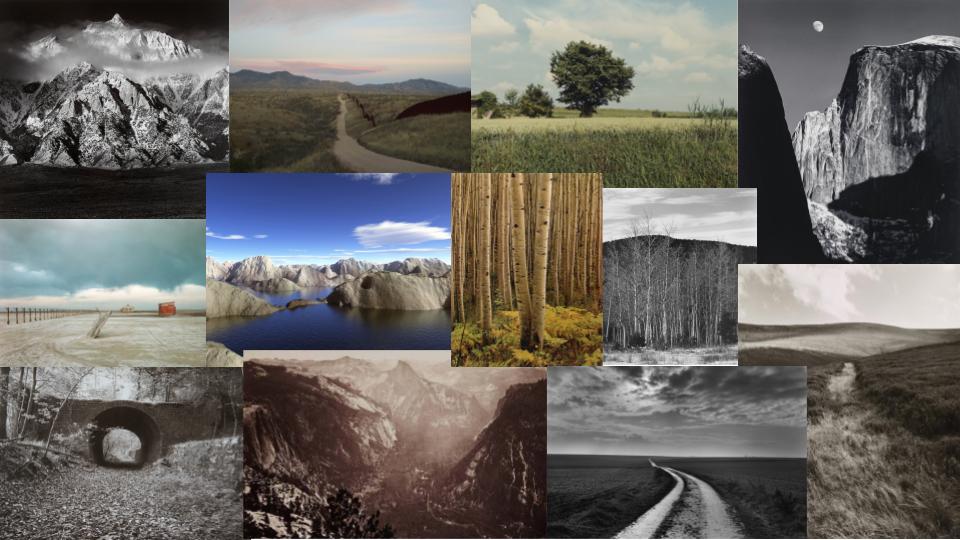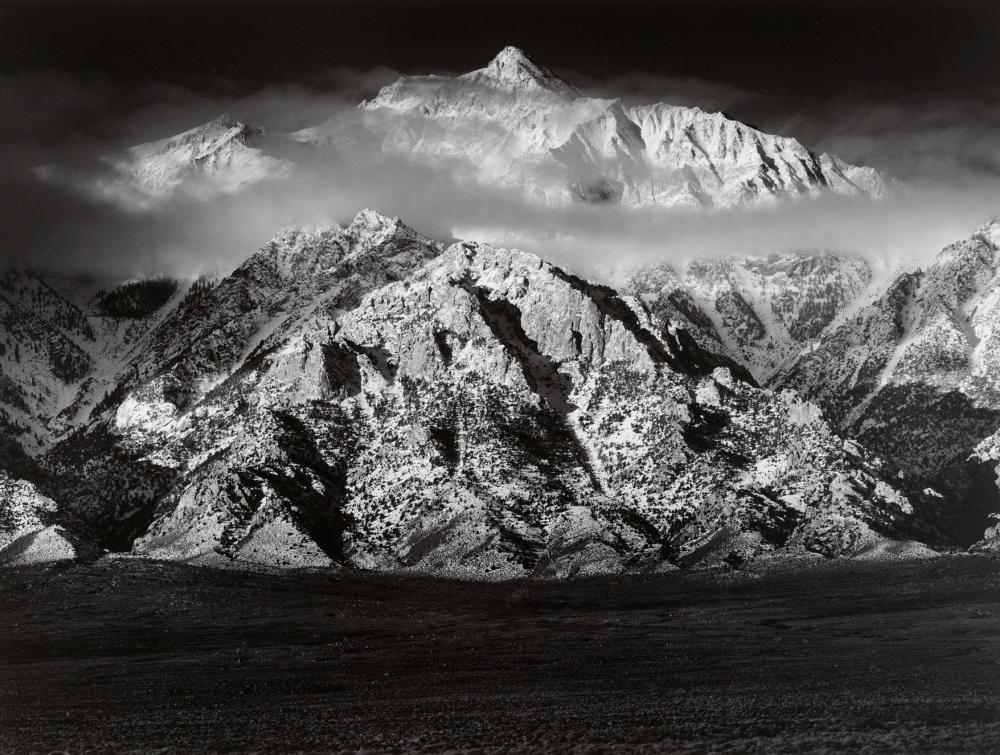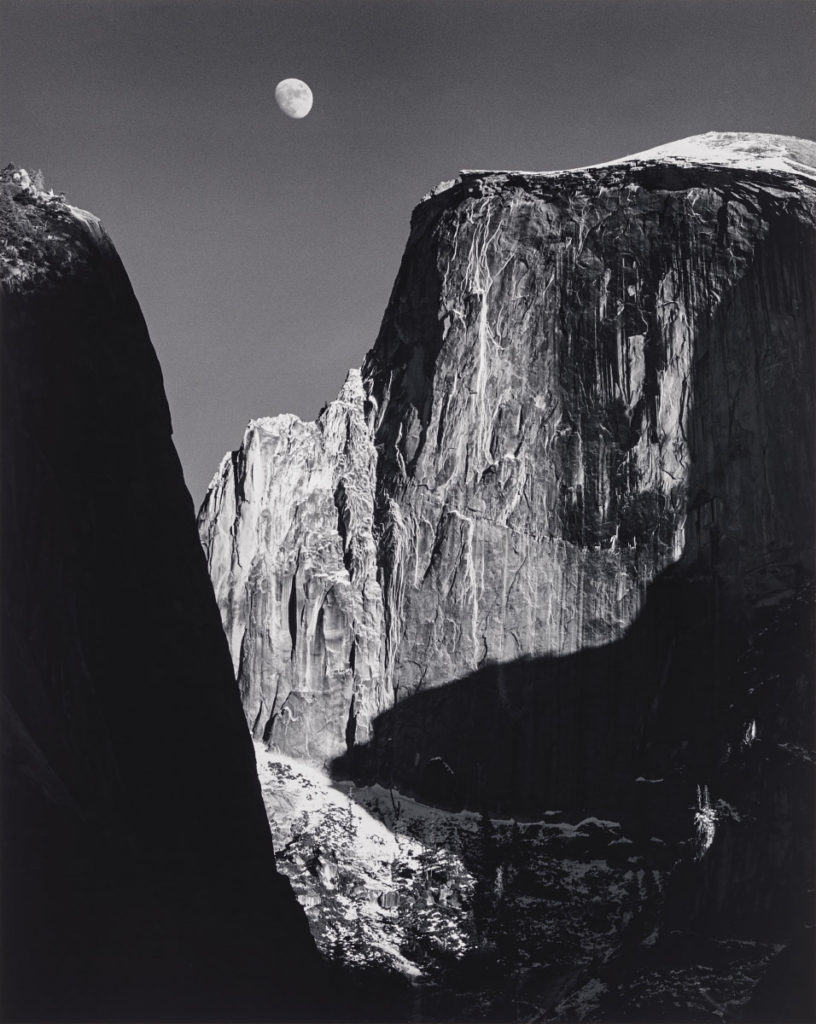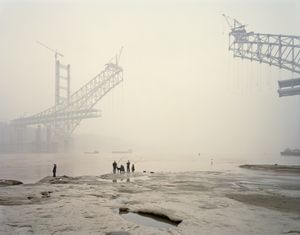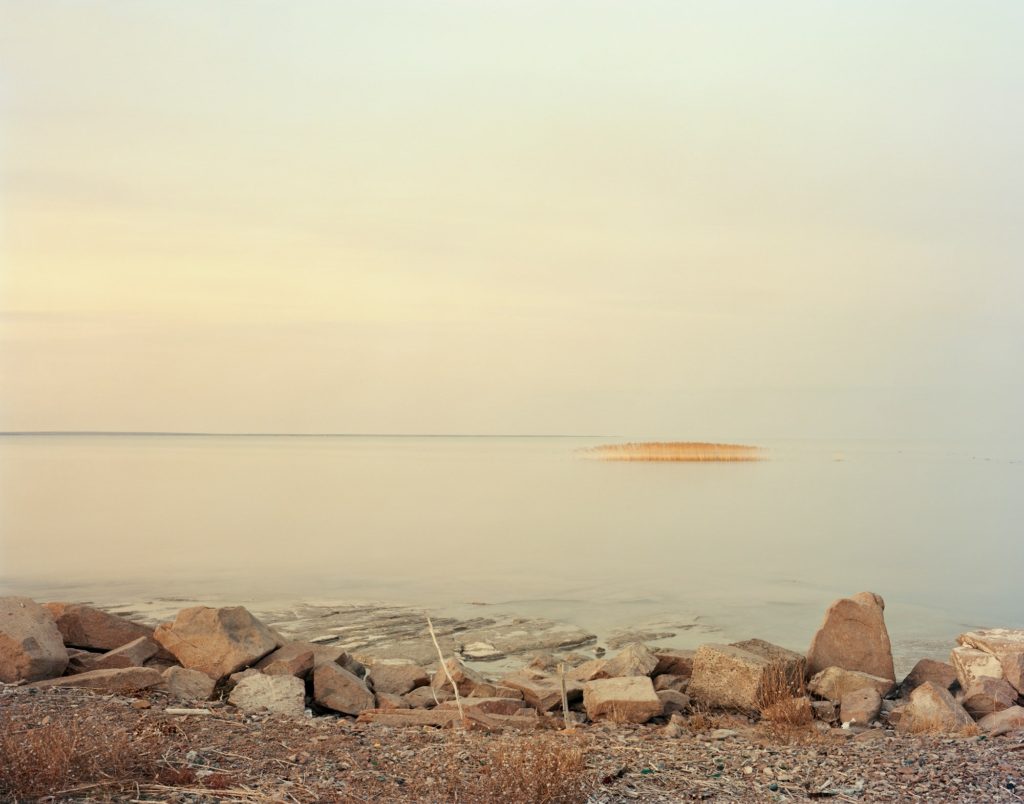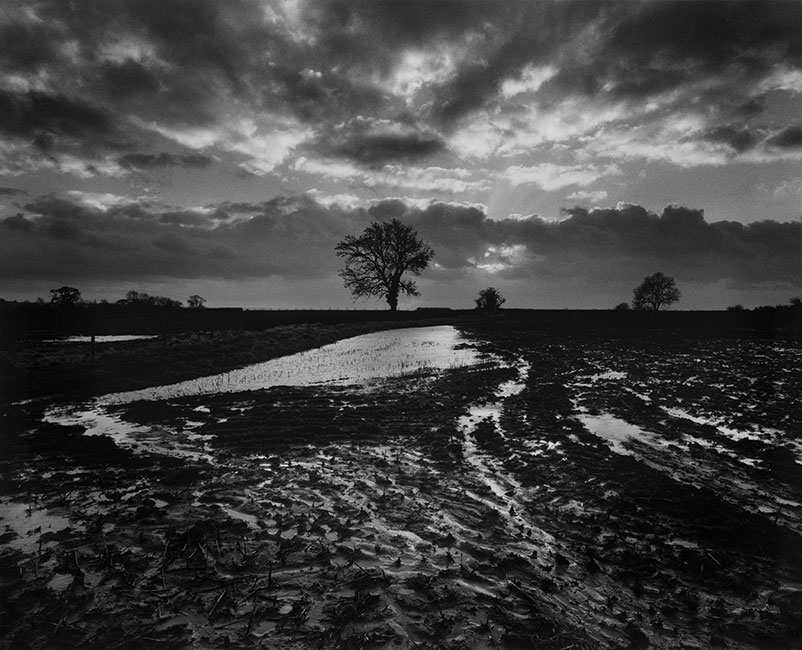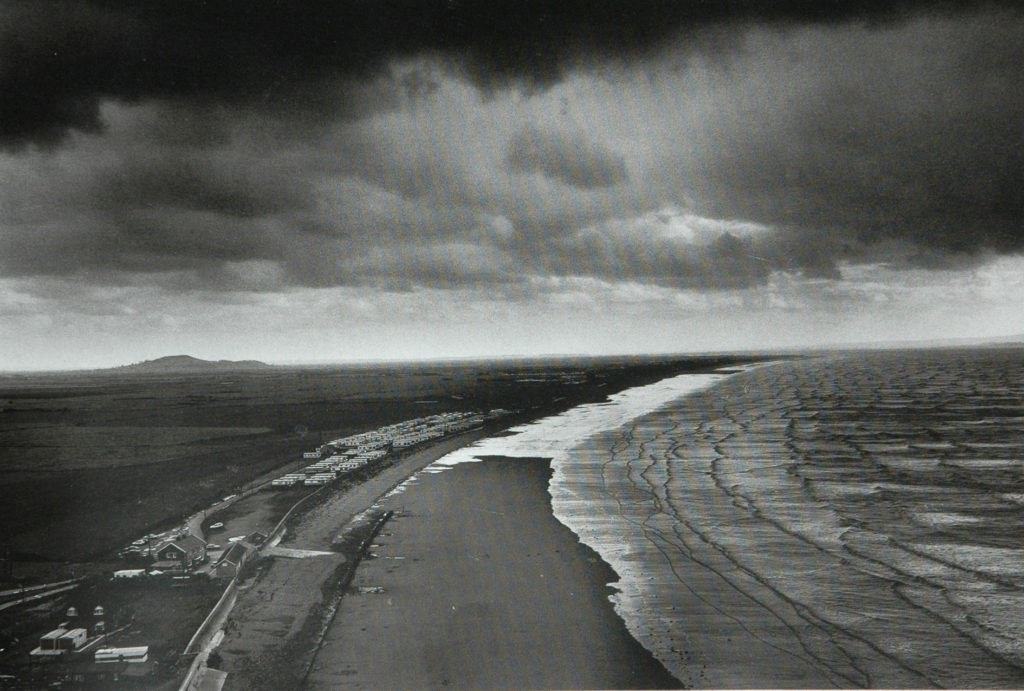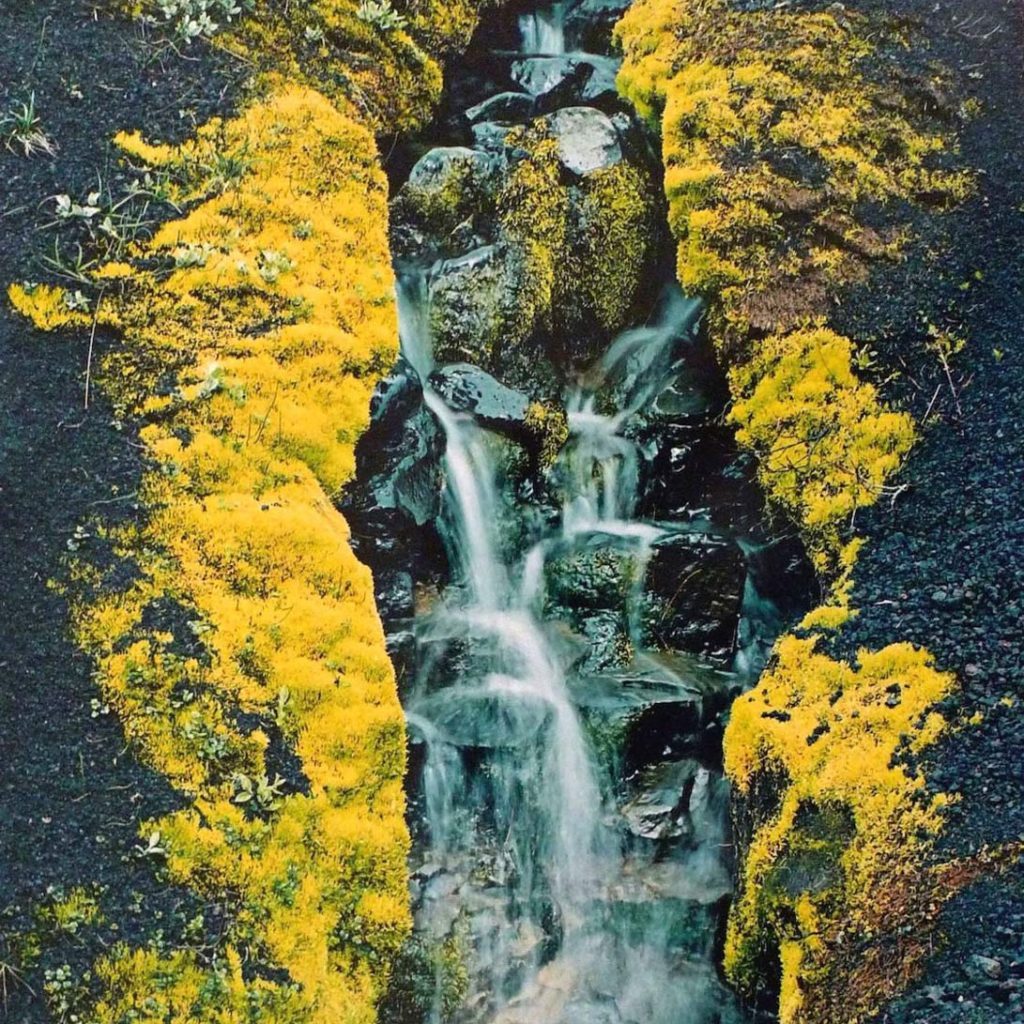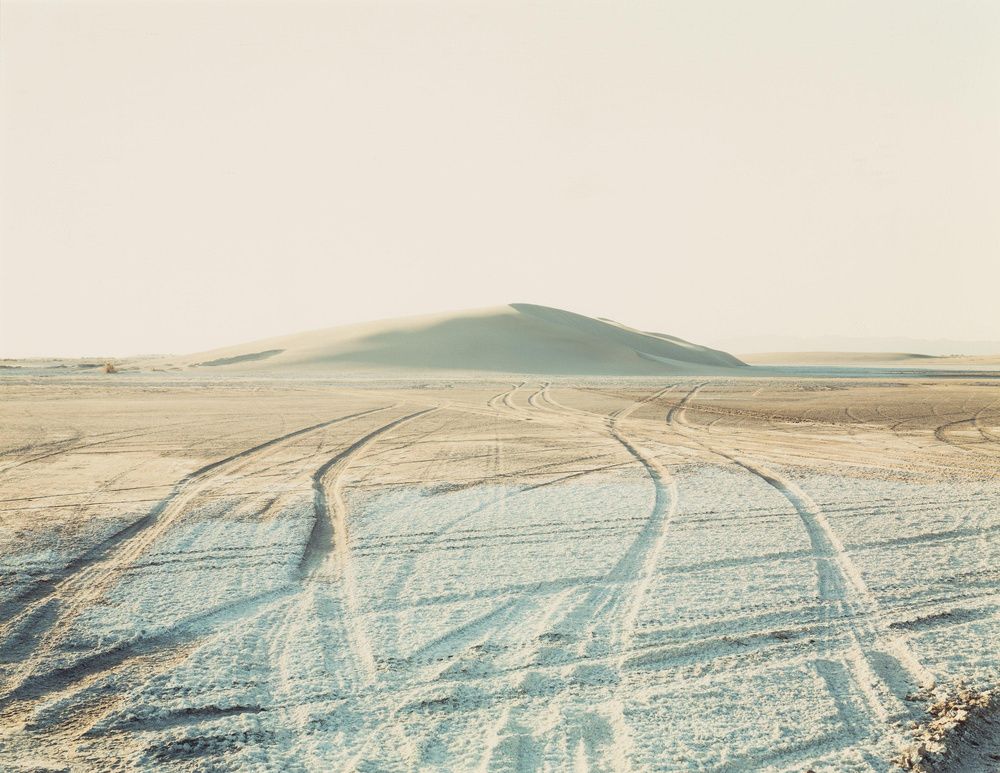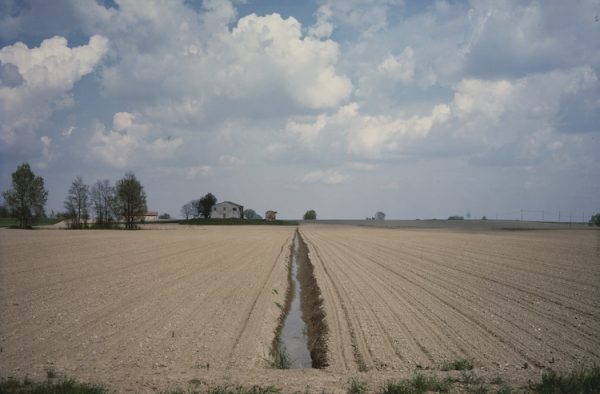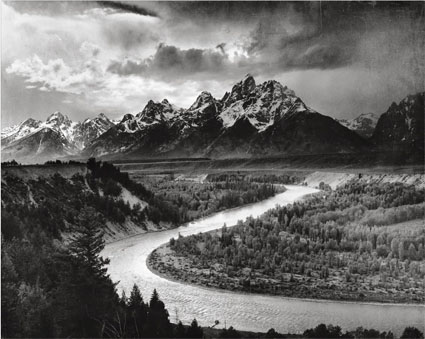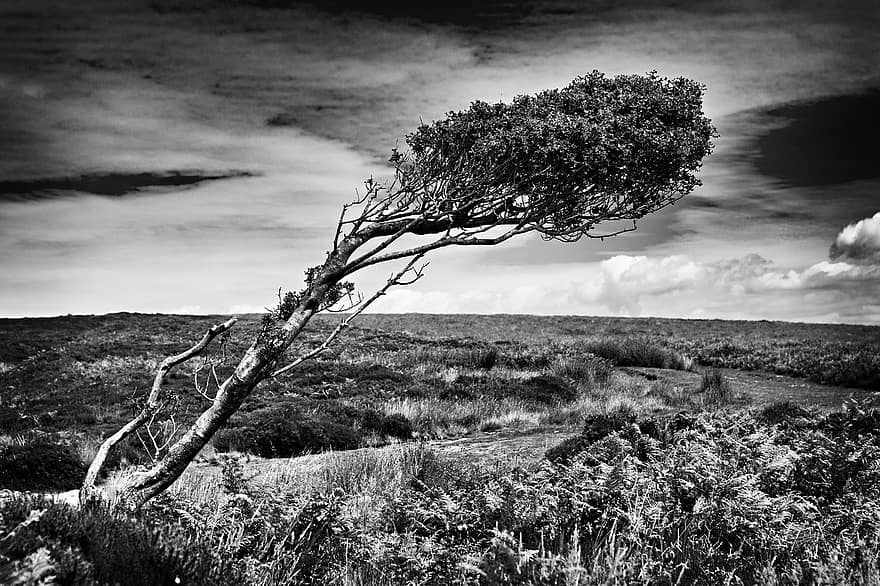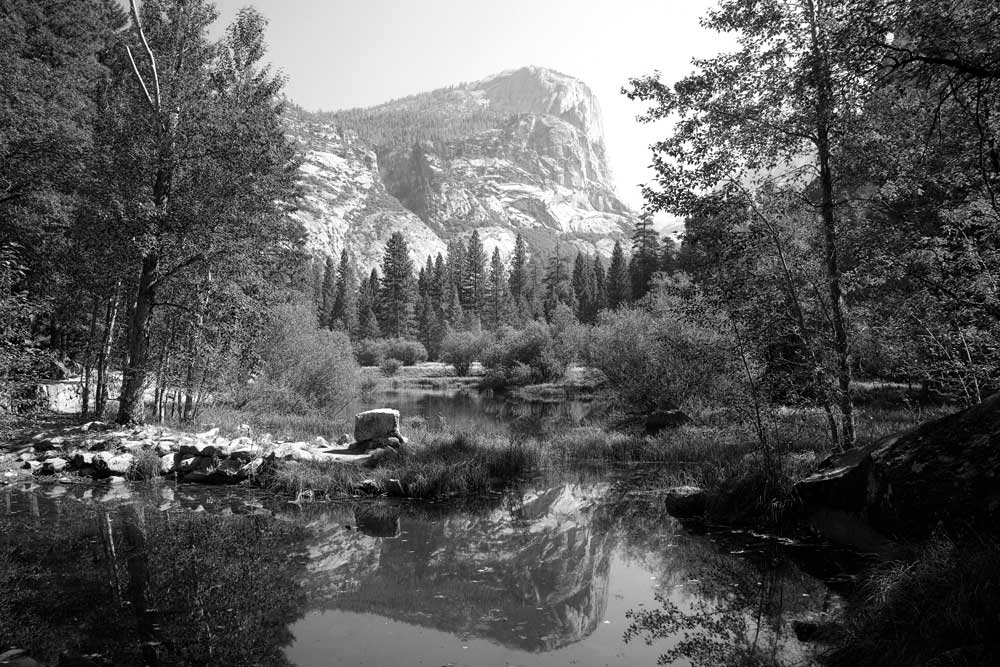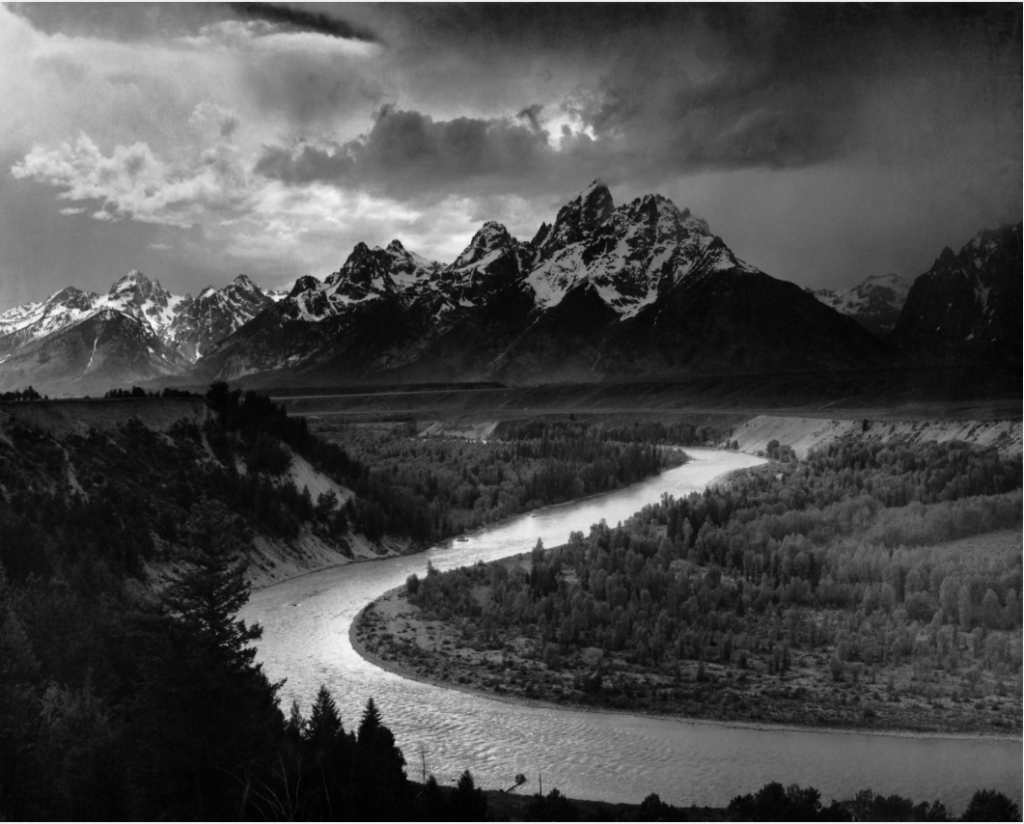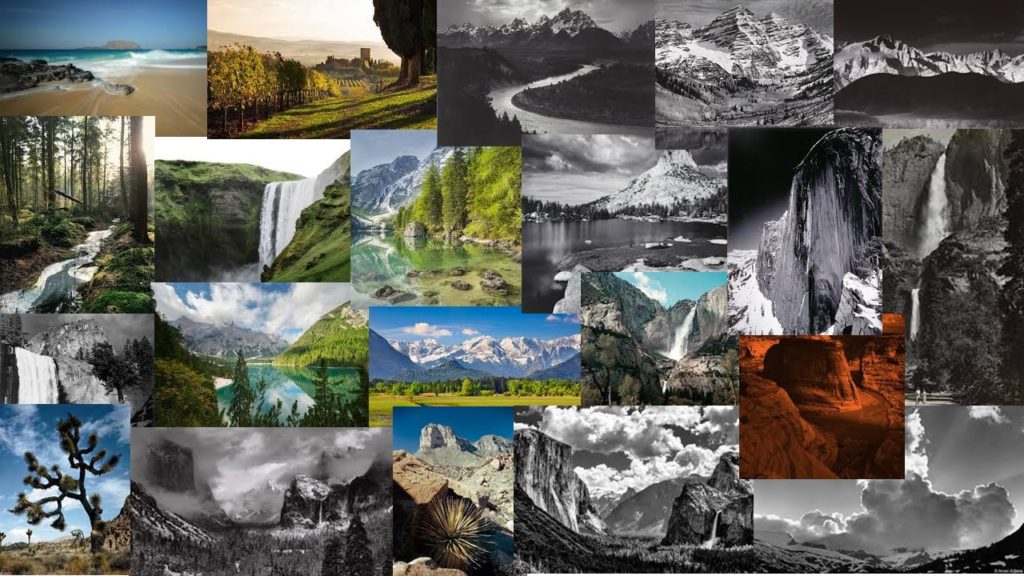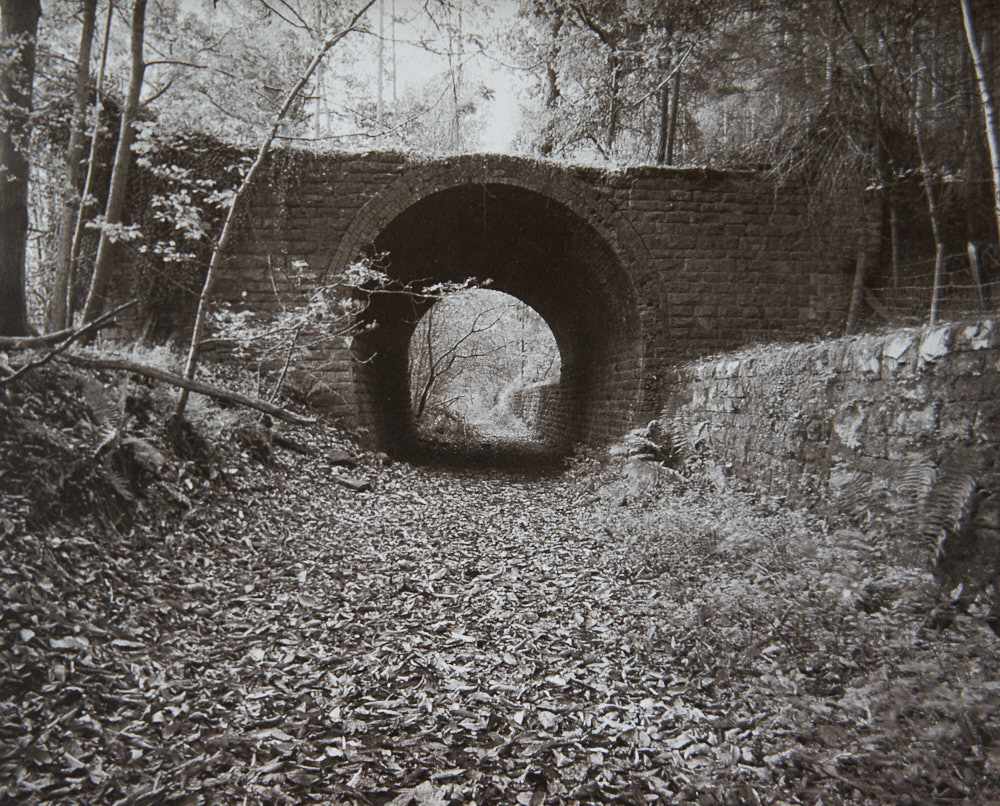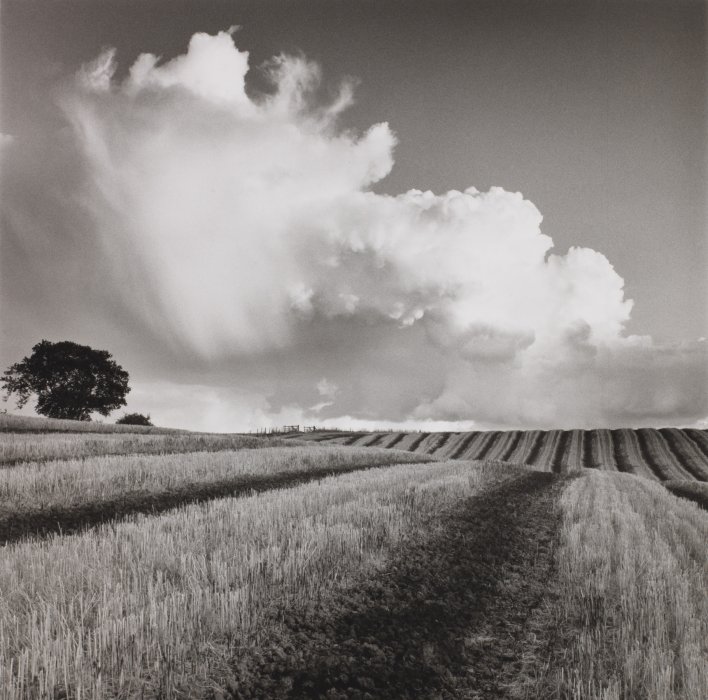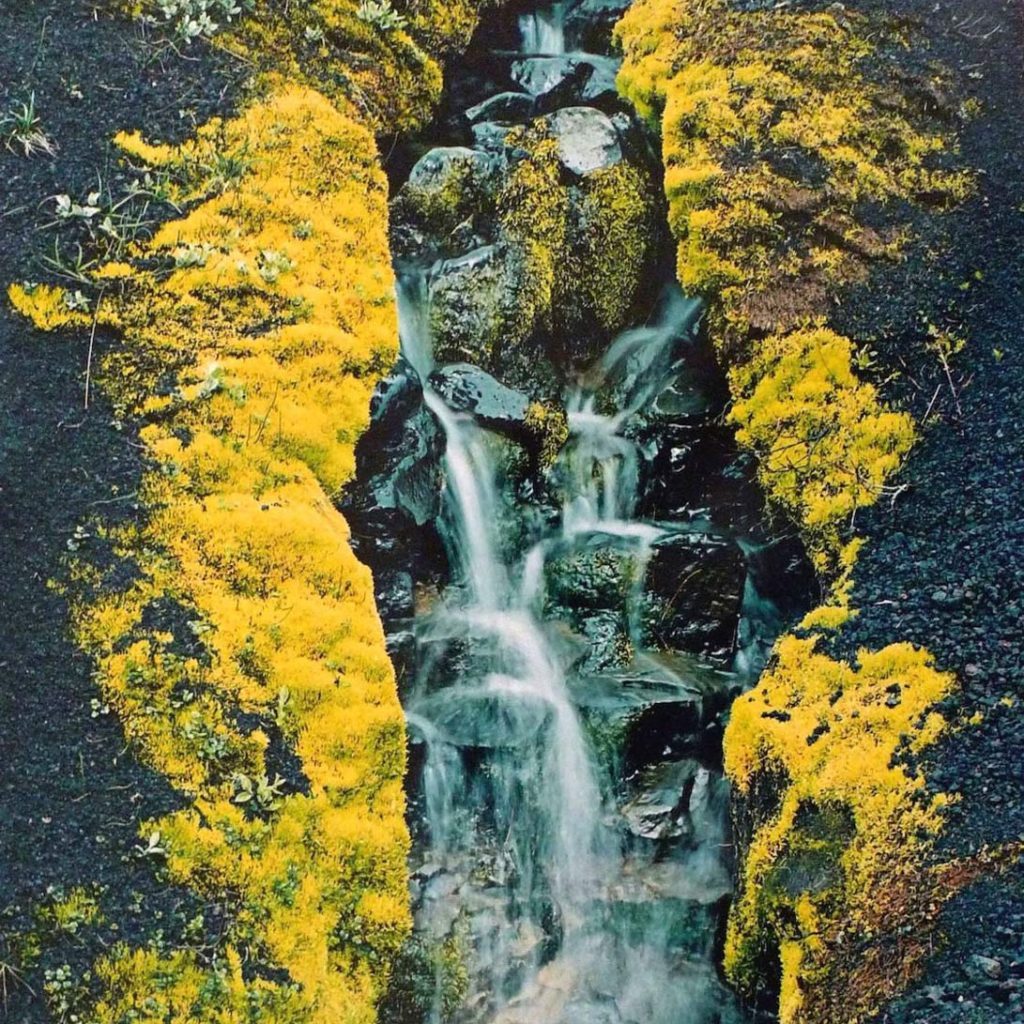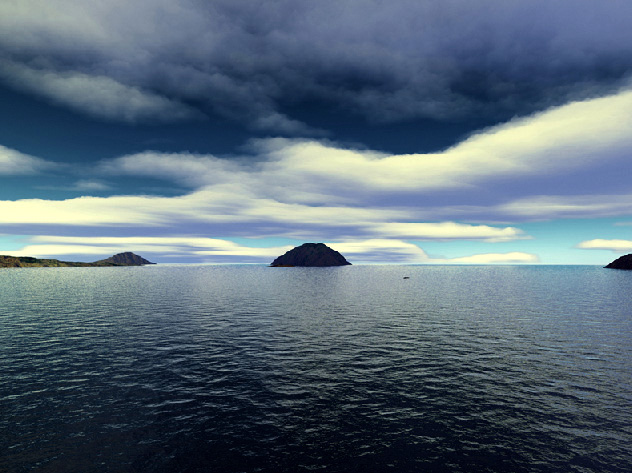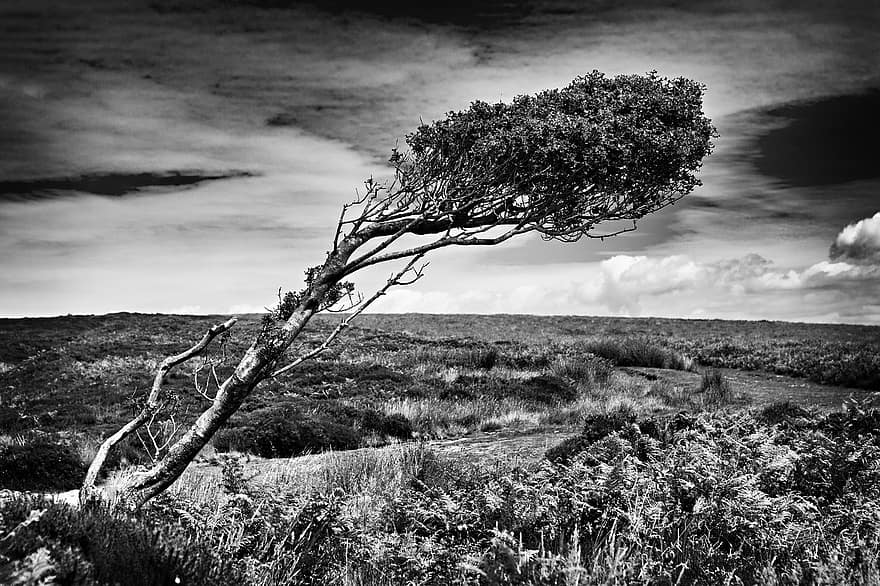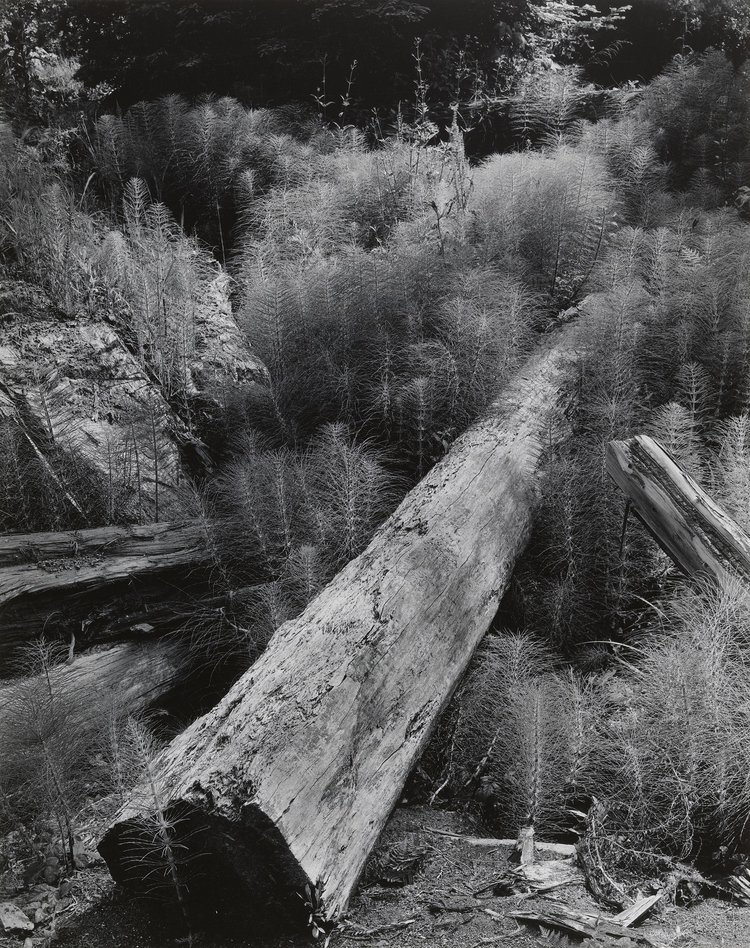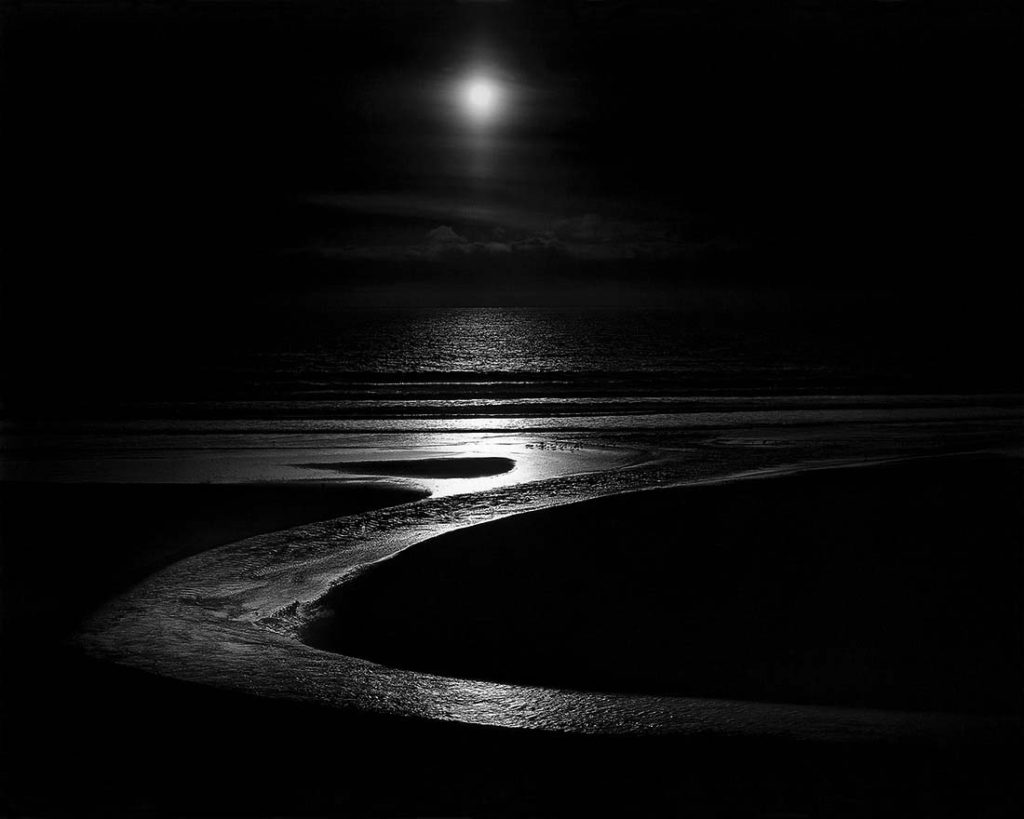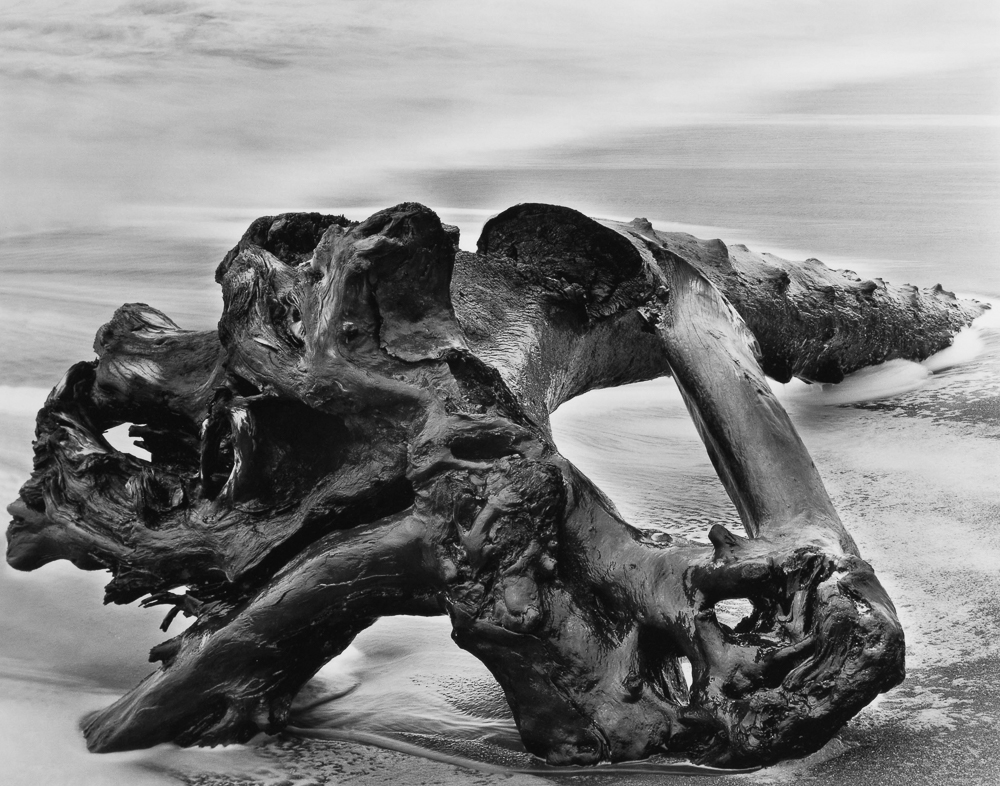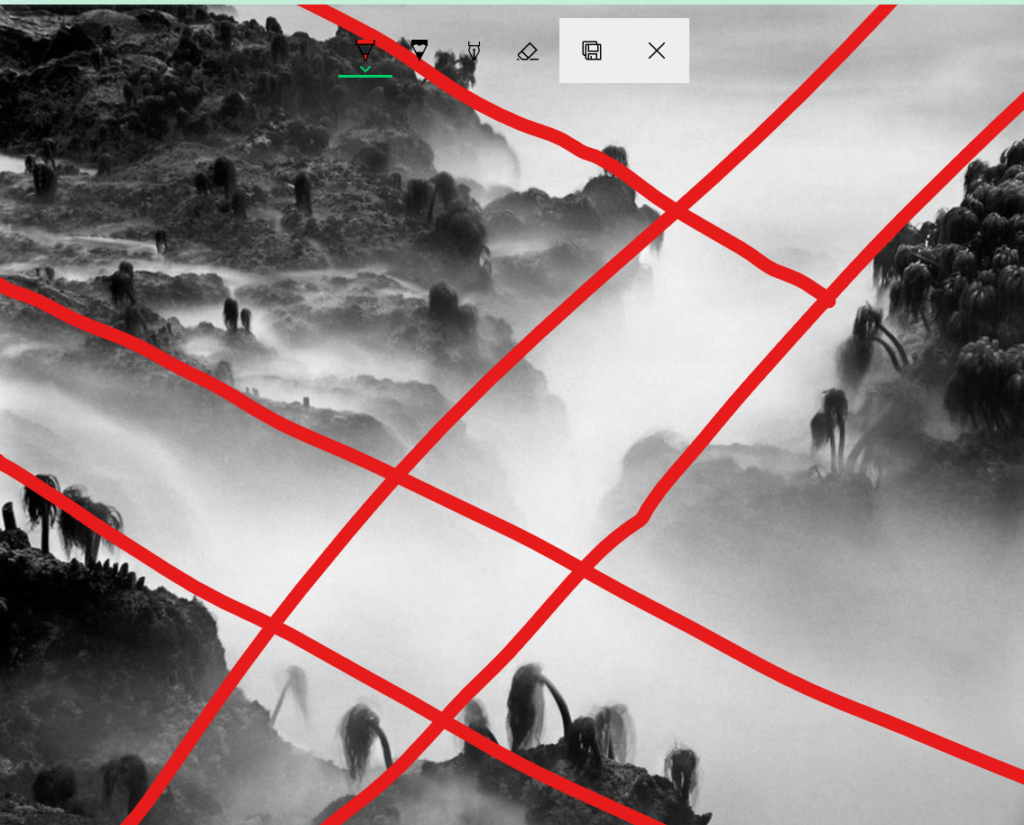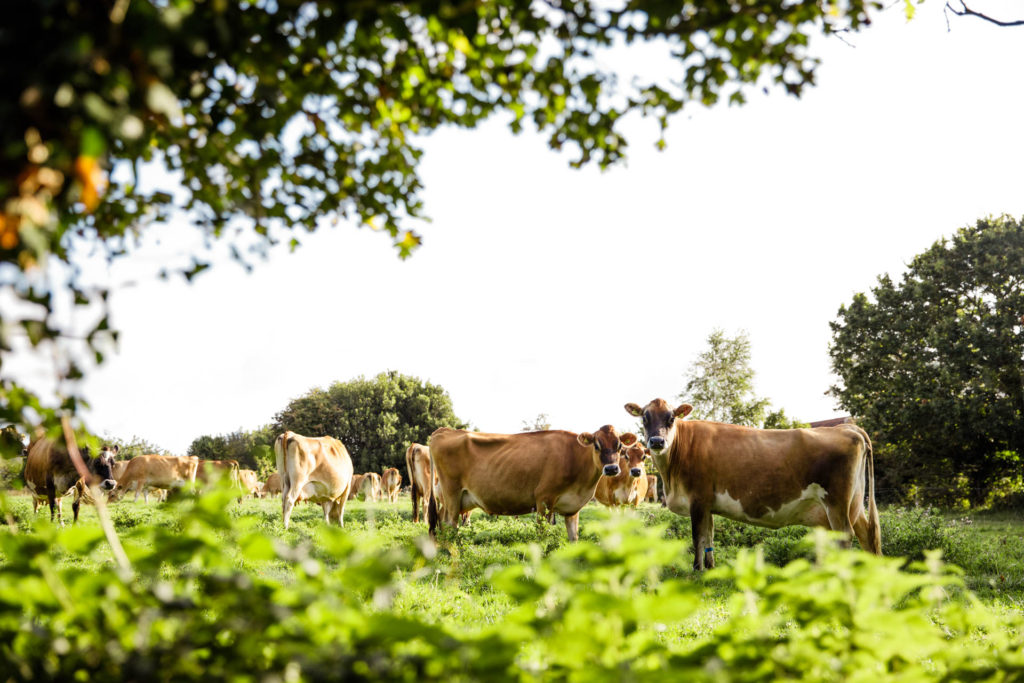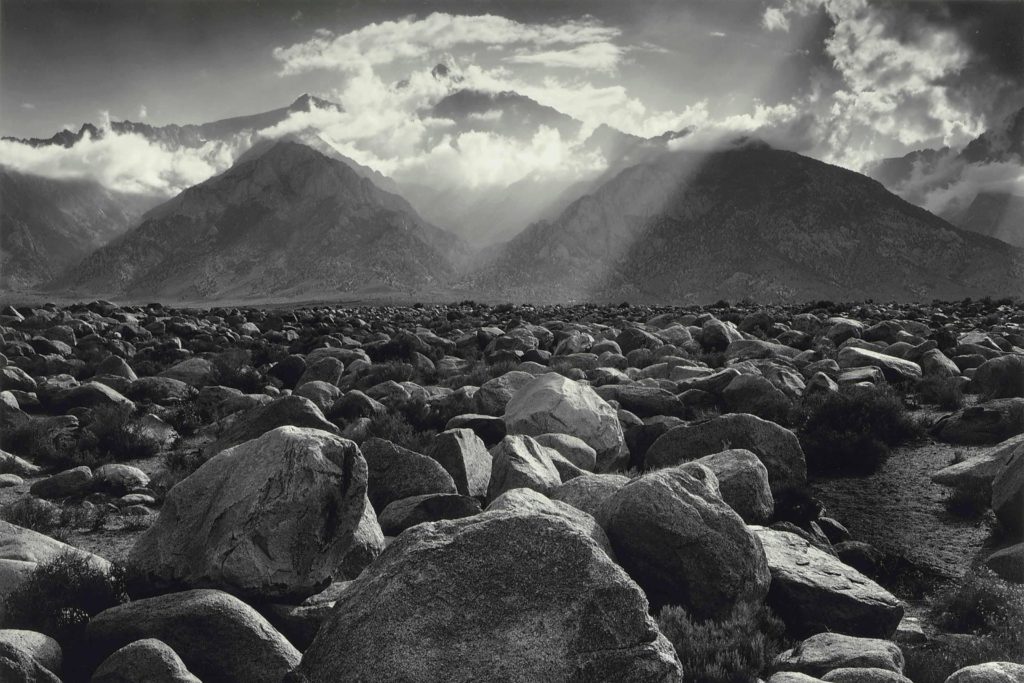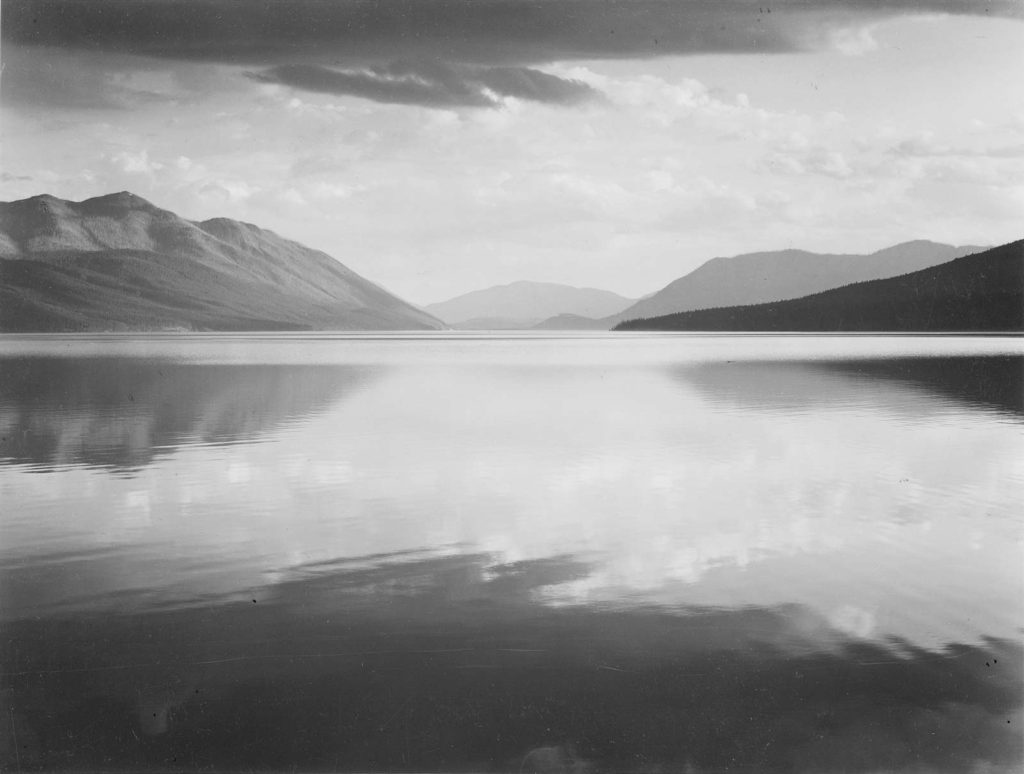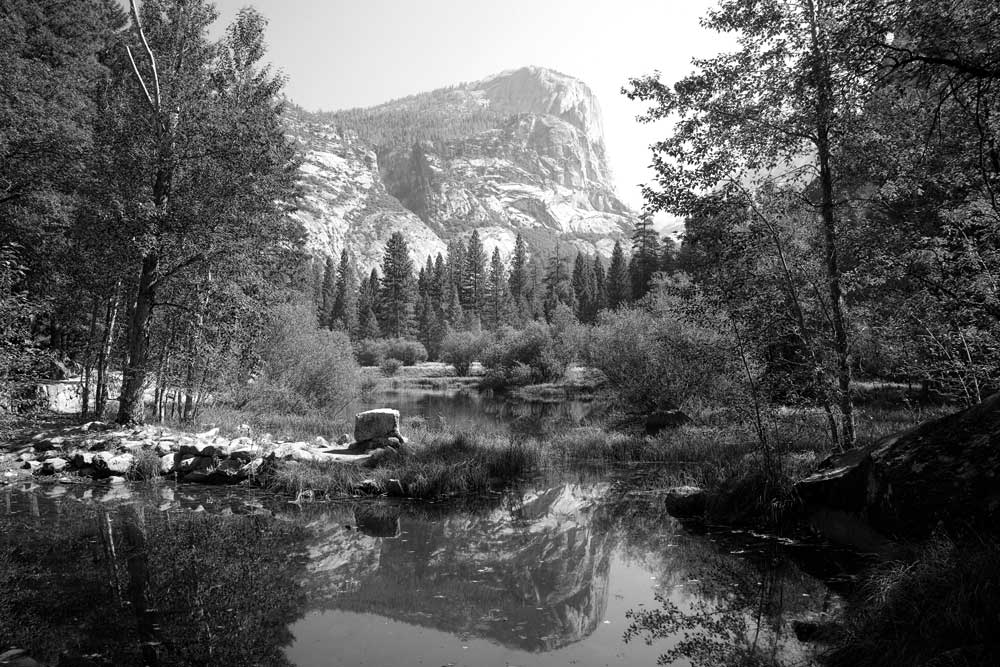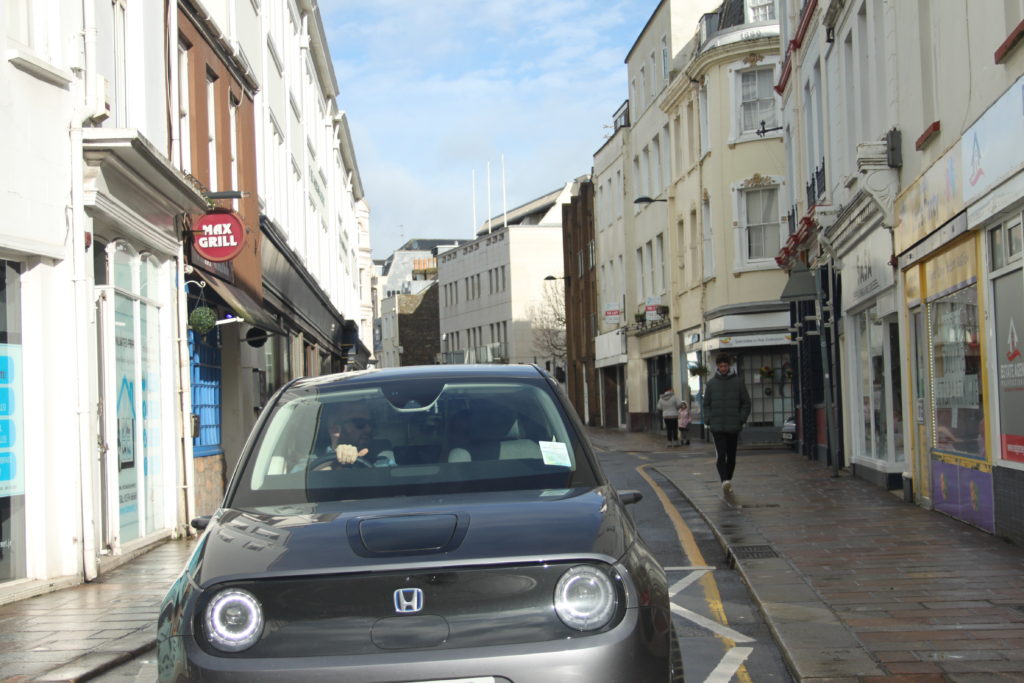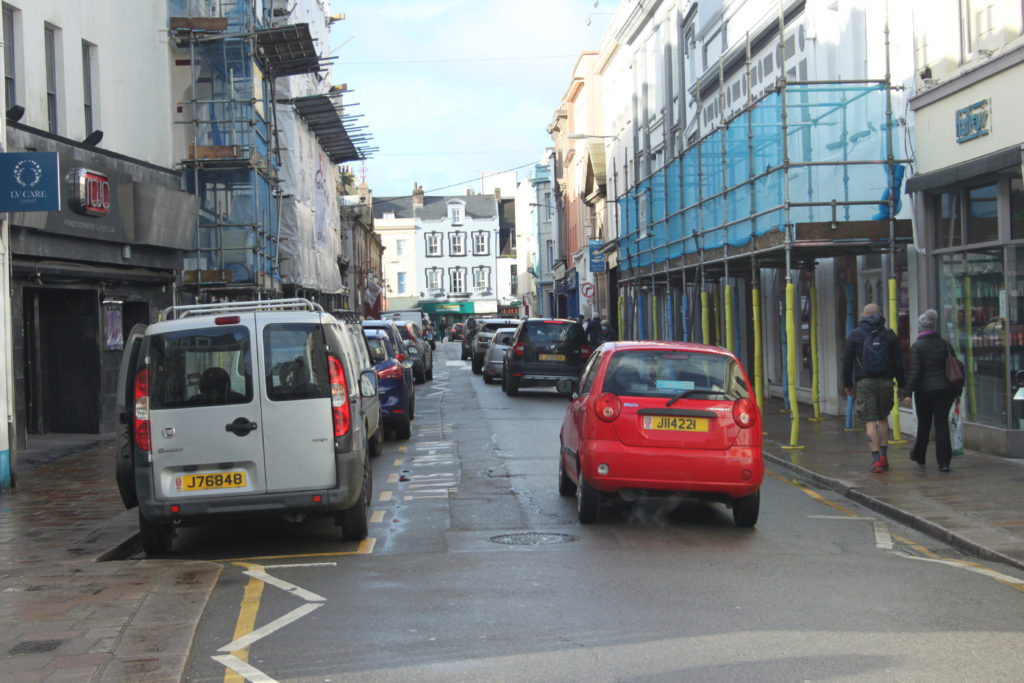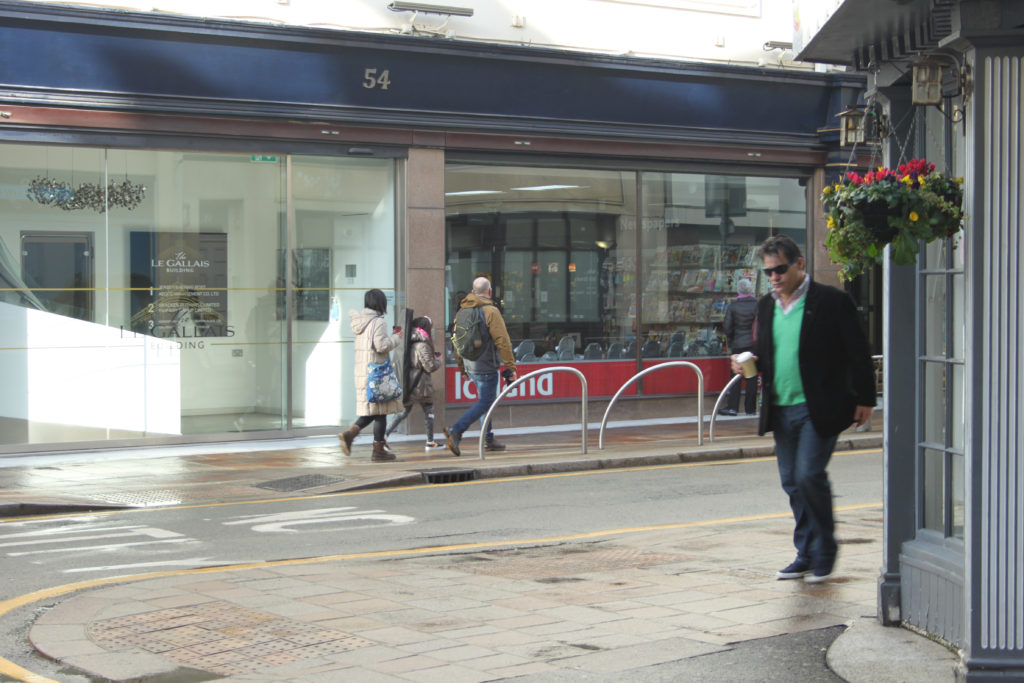Ansel Easton Adams was an American landscape photographer and environmentalist known for his black-and-white images of the American West. He helped found Group f/64, an association of photographers advocating “pure” photography which favored sharp focus and the use of the full tonal range of a photograph.
He was best known for his ultra-sharp landscapes, which he achieved through the use of a 4×5 view camera. The view camera allowed Adams to adjust the film plane and the lens plane so he could control the depth of field and the size relationships of objects in the frame with tilt and rise and fall movements.
Adams’s professional life was dedicated to capturing through his lens the forgotten and unspoiled wilderness of America’s national parks and other protected conservation areas in the West. He was a committed environmentalist and nothing short of an icon for the 20th century conservation movement.
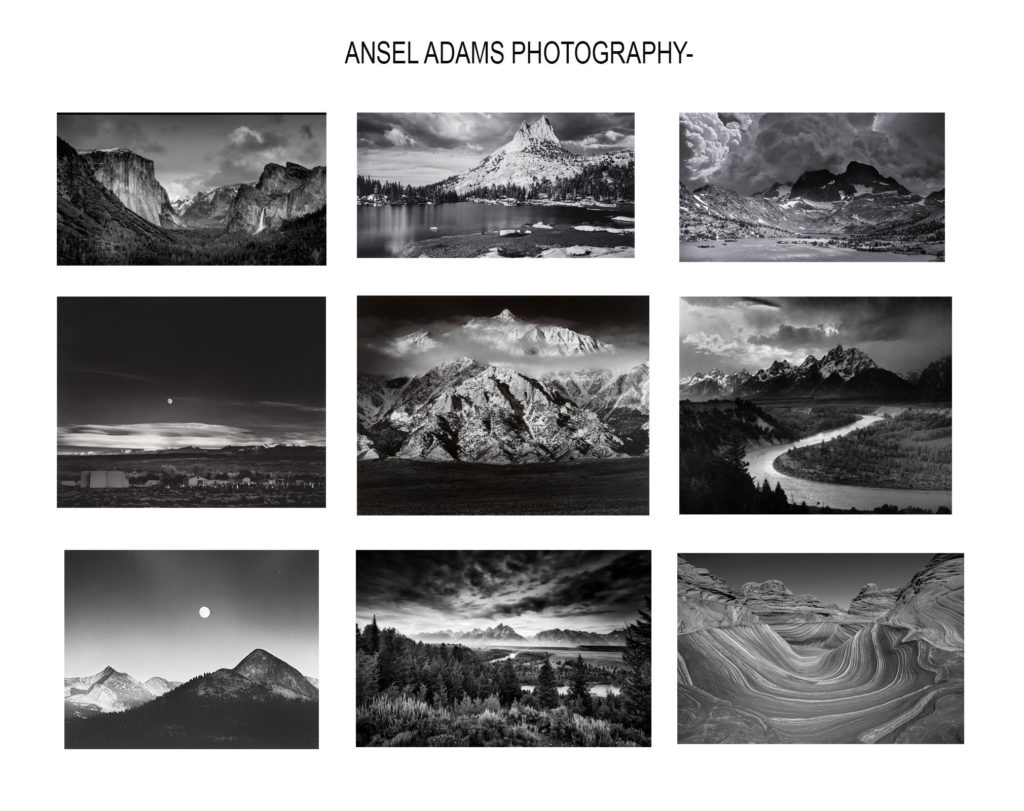
analysing one his photographs;

Technical- the lighting in this image is natural as its been taken of a natural landscape in the open. You can straight away see that Ansels control over how much light he lets in is good as its what makes his images so different from other photographers- due to the range of different tones. His tonal range goes all he way from 0-9 which not many photographers can achieve in every image.
Visual- The photo was taken in black and white ( as well as all his other photographs) this helps in seeing the difference between all the different tones. His tone palette is done very successfully as you can clearly see the white shades along the river and the completely black tones on the trees and the mountains. This makes the contrast significantly sharp across the whole image. The image has been taken from a very far point of view in order to be able to capture the whole view however its taken from a straight on point of view which makes the viewer think they’re looking directly at the river and mountains.
Contextual- In 1941, at the height of World War II but before the bombing on Pearl Harbor, Adams received a commission from the U.S. Department of the Interior to photograph National Parks and other notable landscapes. In exchange for film, paper, and darkroom chemicals, and a day rate of $20, Adams would provide photographic murals for display in the halls of the Department of Interior. Although Adams took some 225 photographs for the project (including this image), the project was later dropped (never to be resumed) due to America’s sudden involvement in the war.
Conceptual- I don’t think there’s a big meaning behind this image other than Ansel wanting people to see this insane view in a more different way , such as over exaggerating and romanticizing all the different tones he captured in his images.

